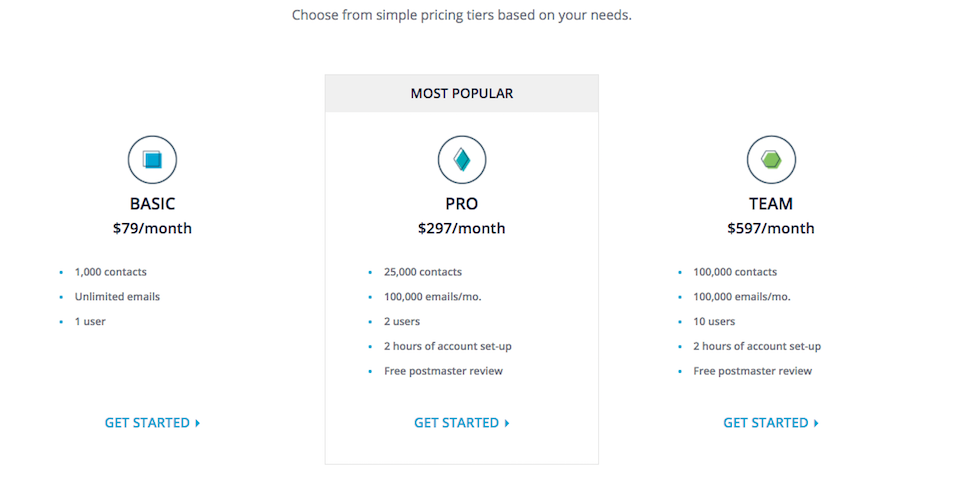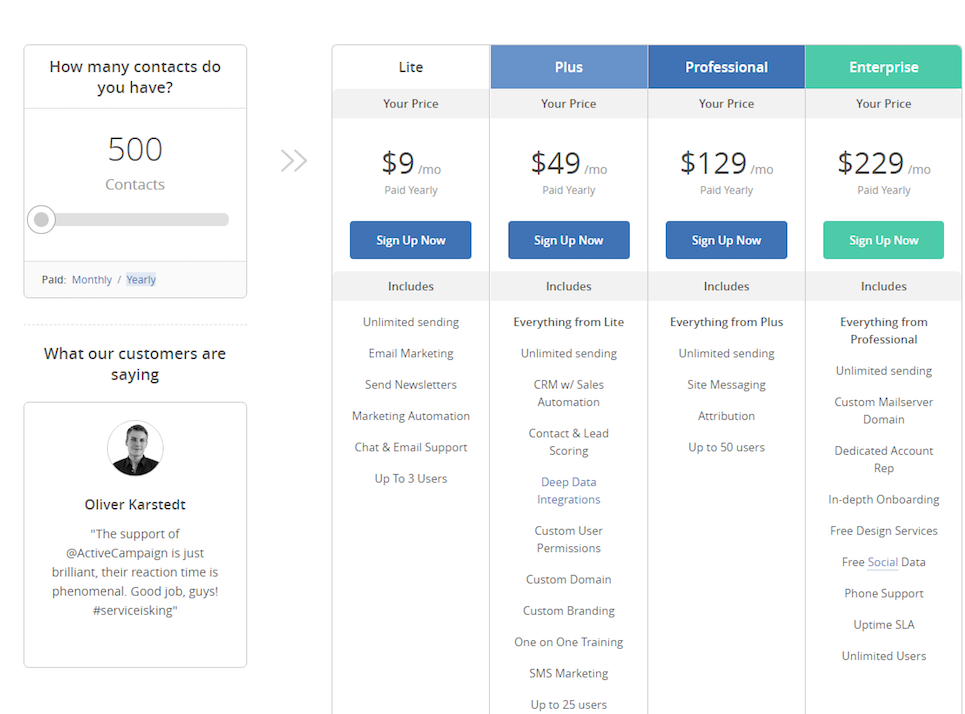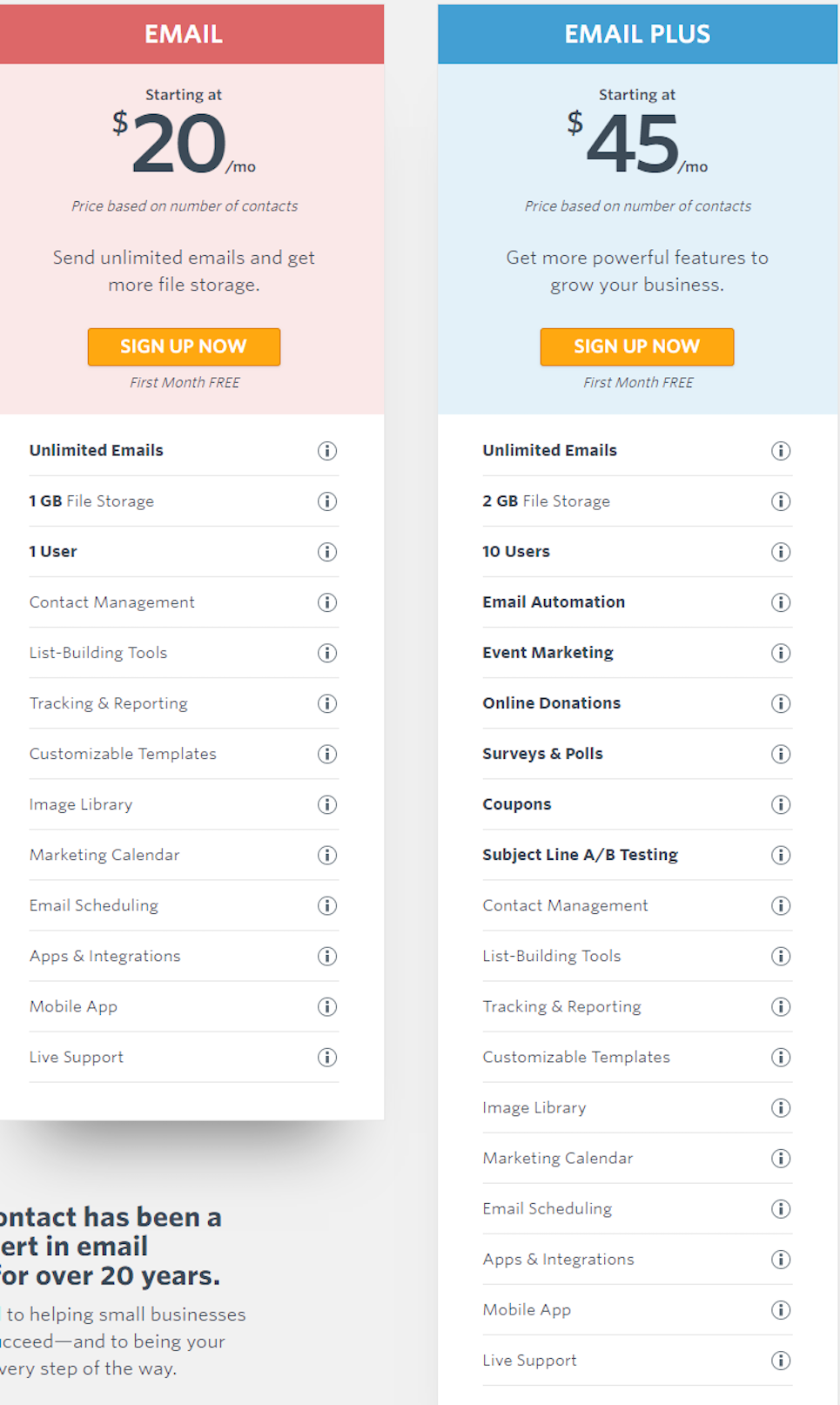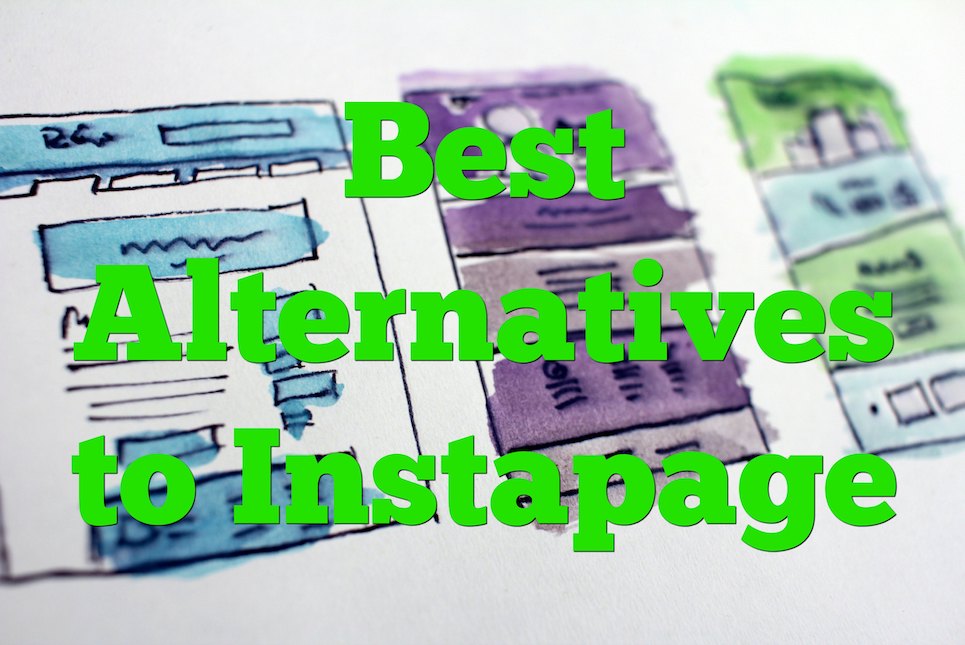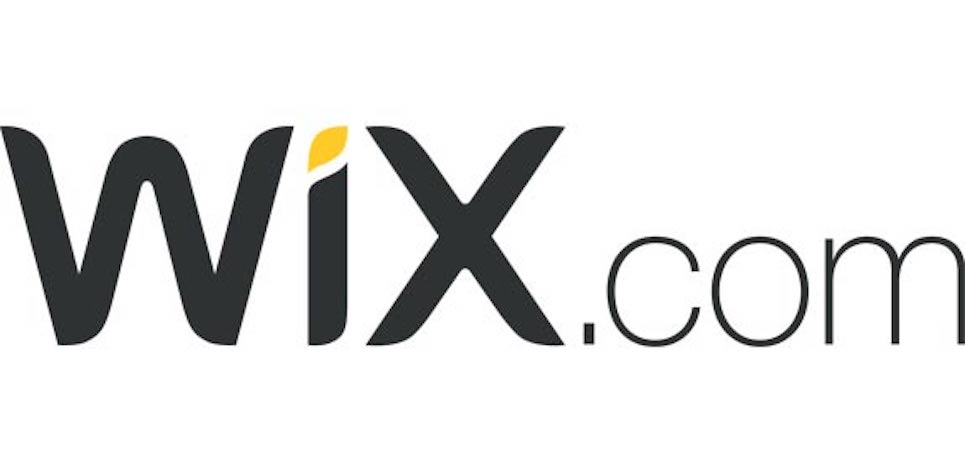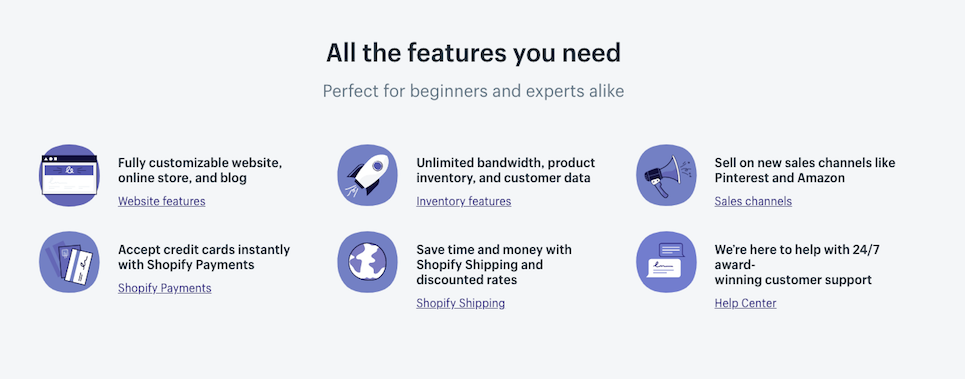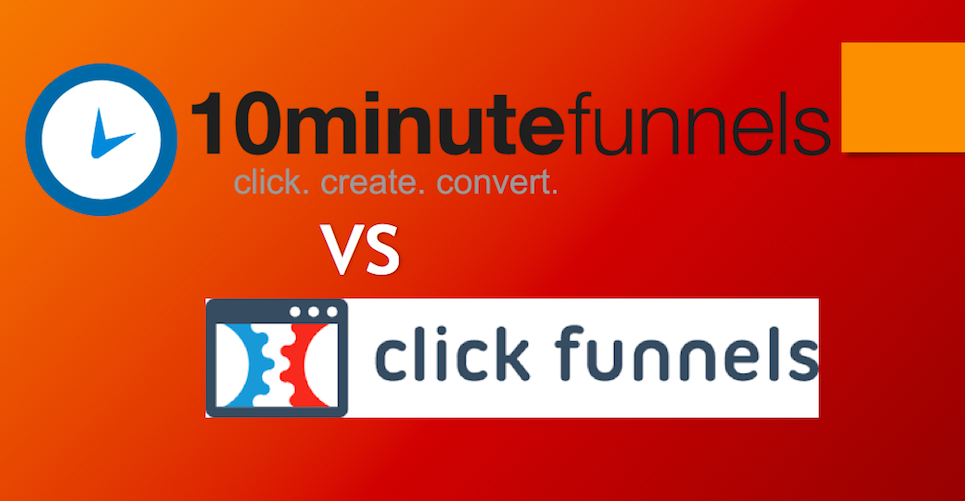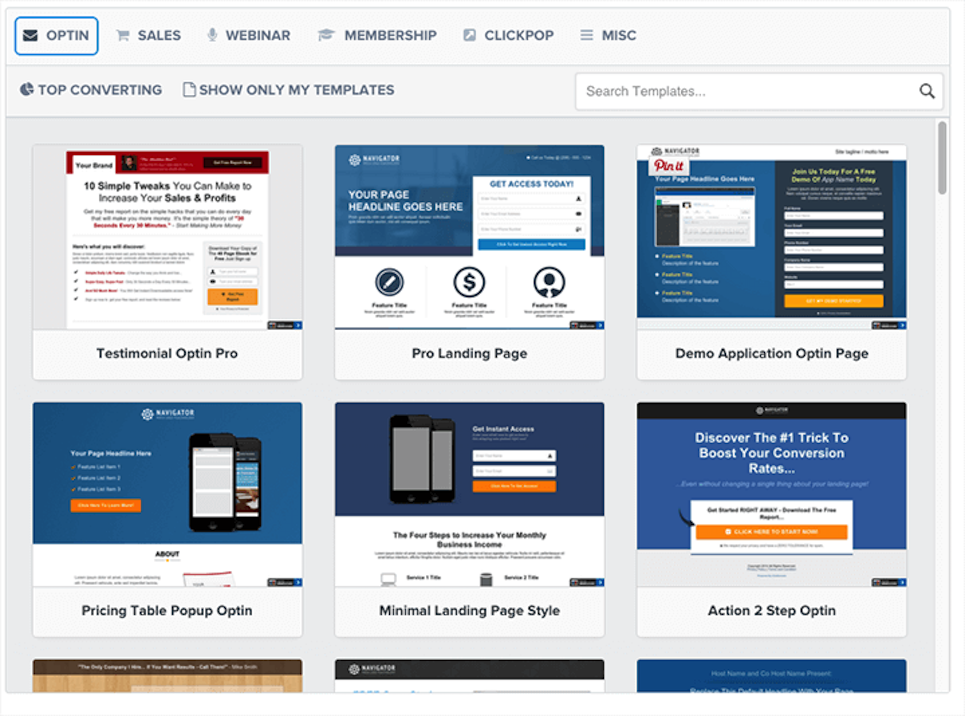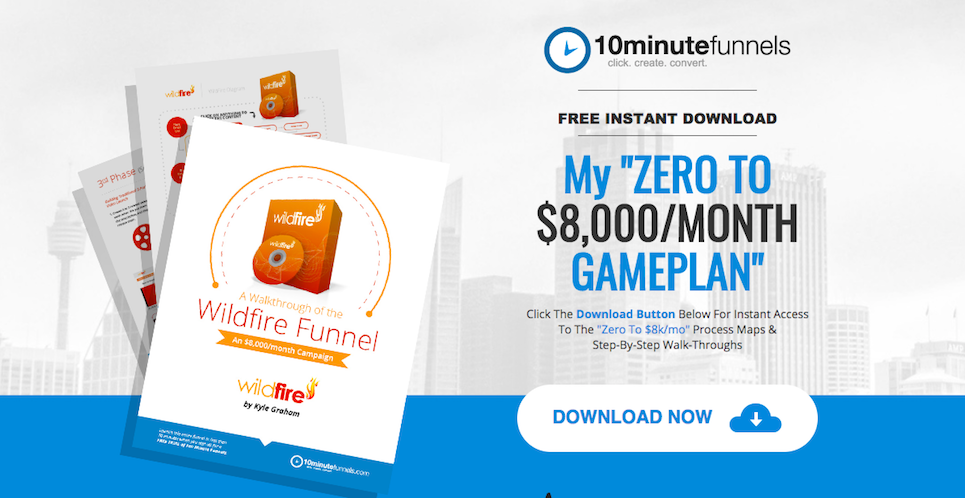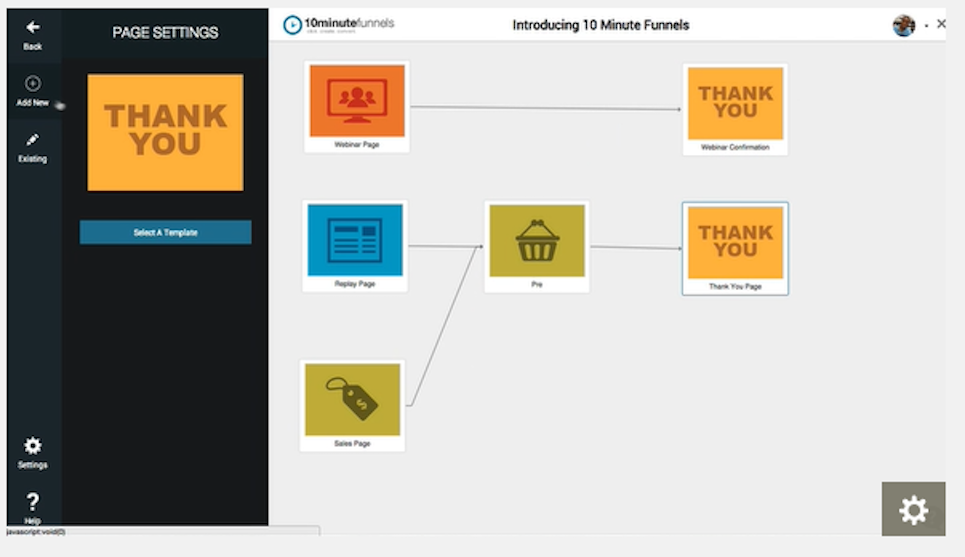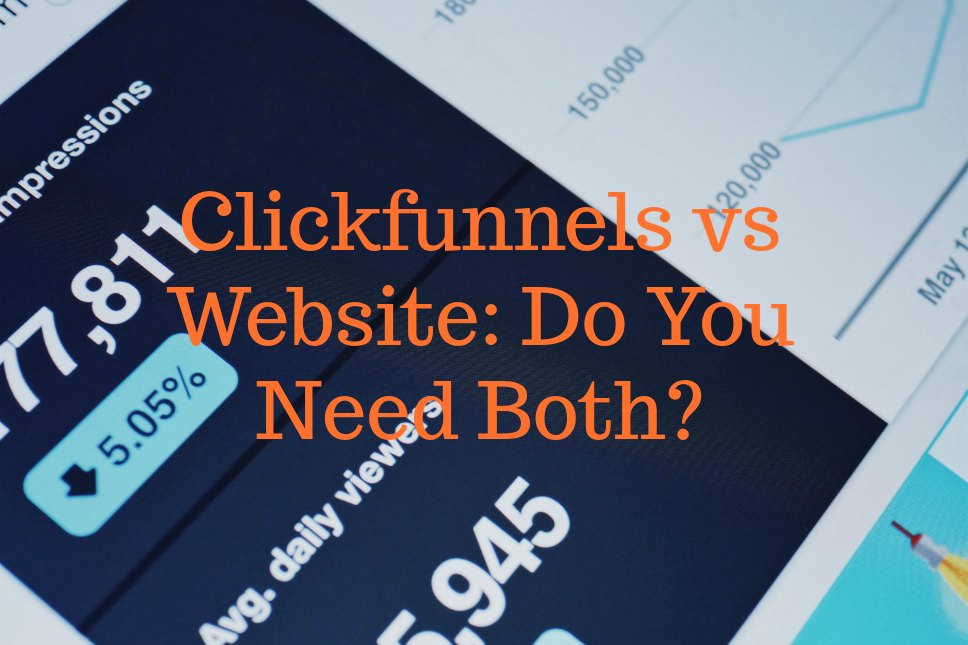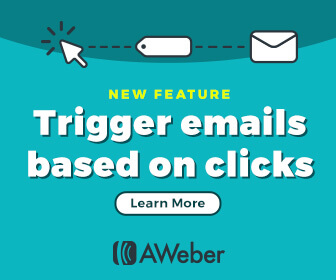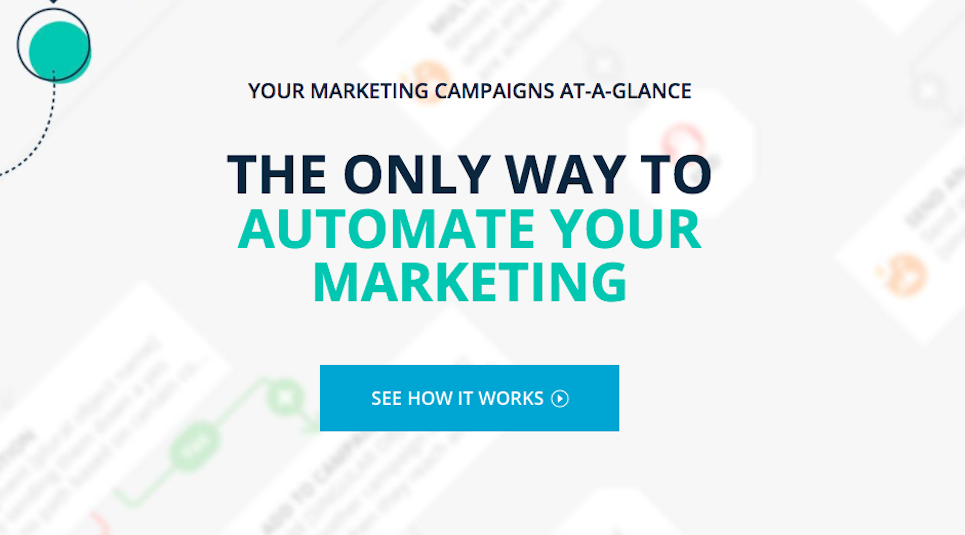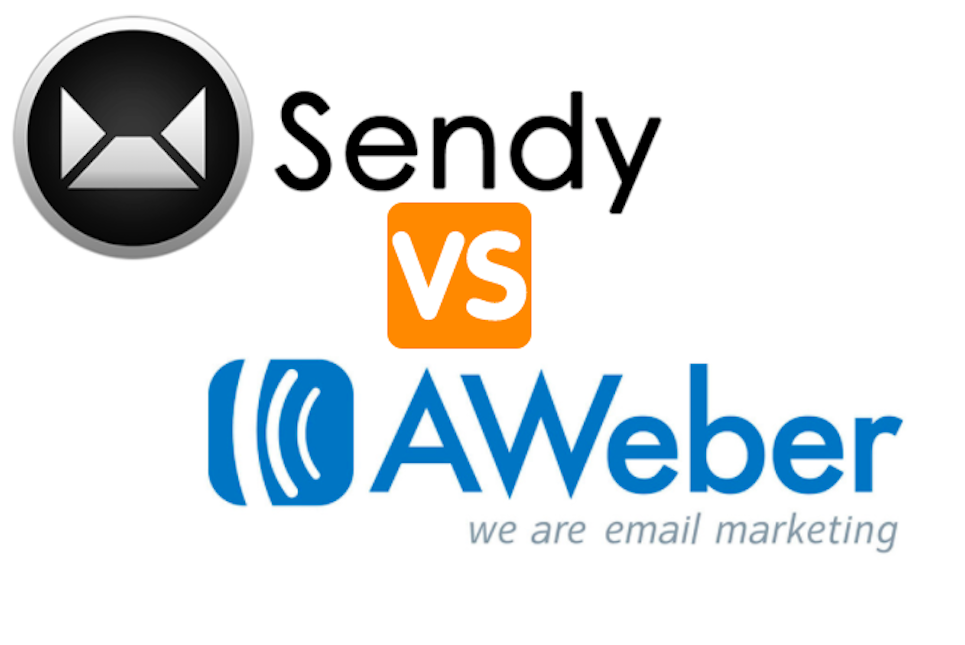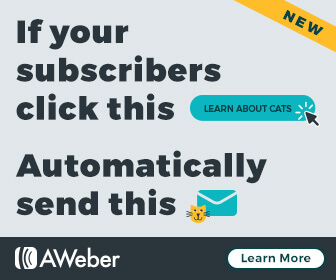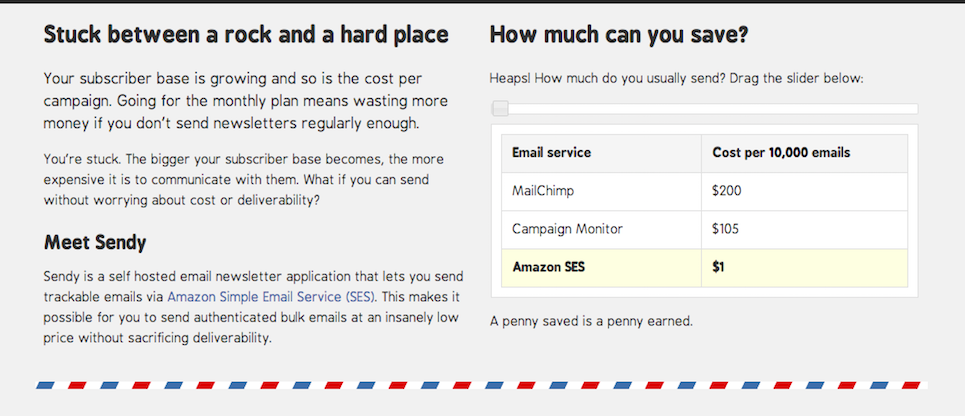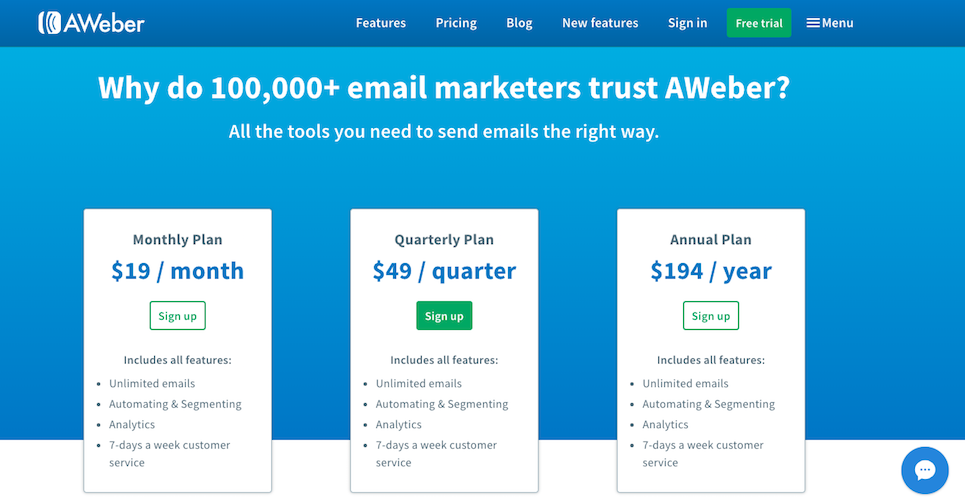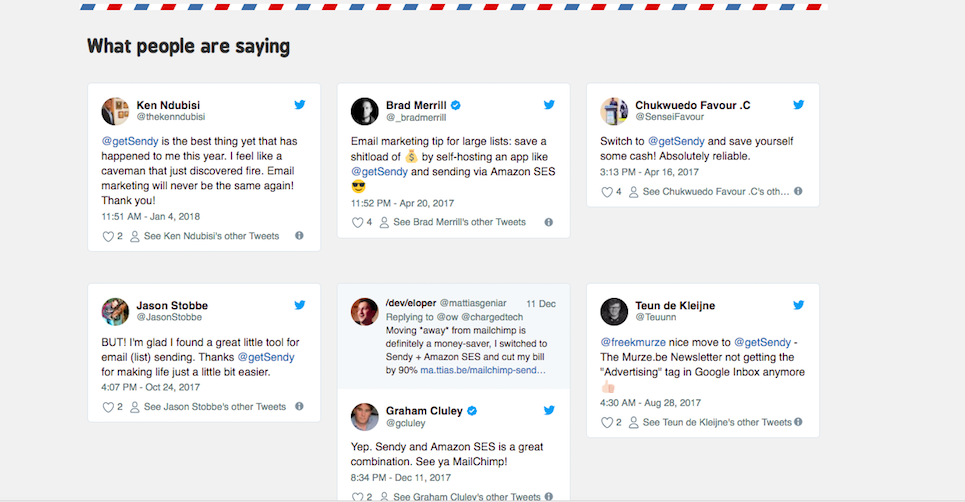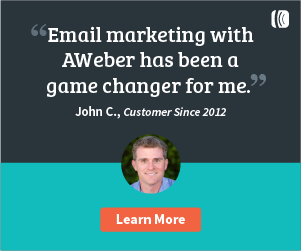We’re taking a cue from our good friends over at Manoverboard, a fellow B Corp agency in Winnipeg, Canada, who recently wrote about why becoming a 1% for the Planet member is important to them. One of our first philanthropy acts of 2018 was to join the ranks of companies committed to earmarking 1% of their top-line revenue (not profit) to specific environmental organizations each year.
1% for the Planet is a Vermont-based nonprofit started by the folks at Patagonia, another B Corp. Member companies donate 1% of their annual revenue to a list of vetted environmental nonprofits and can the organizations they want to support. This is critical philanthropy work at a time when it is really needed.
As noted on the 1% website:
“If we don’t act now, the viability of our planet and our quality of life — to say nothing of the health of our economy — face an existential threat. … Currently, only 3% of philanthropic giving in the U.S. goes to environmental causes; and only 3% of this giving comes from the business community.”
We believe in the urgency of solving this massive problem so much that we changed the legal structure of our company to better support people and planet alongside profit. Mightybytes has been a Certified B Corp since 2011 and an Illinois Benefit Corporation since January 2013.
Certified B Corporations like Mightybytes meet the highest standards of positive impact on society and the environment.
As a Benefit Corporation, we are required by law to provide a “public benefit” to society alongside the standard business goal of generating profit. No easy feat. We are also required to publish annual benefit reports that outline exactly how we made good on that legal commitment; our latest was just released.
Why is this important? Being legally committed to long-term gain for people and planet while also operating as a for-profit company requires a sustainable financial foundation upon which we can build successful philanthropic efforts. Without profit, we cannot achieve our philanthropic goals. For us, being a 1% for the Planet member is not only imperative because of the sorry state of our planet, but it’s also important to the long-term survival of our company.
Streamlining Philanthropy
As a B Corp and digital agency, Mightybytes works to benefit society through collaborations with fellow B Corps, civic agencies, associations, and nonprofits.

When we became a B Corp, Mightybytes began offering discounts to nonprofits and mission-aligned organizations that wanted to work with us. It felt good to support other social enterprises and use our skills for world-changing social impact and environmental justice projects. Over time, unfortunately, that came at great cost to the company.
Challenges With Discounts
We ran into a few recurring problems with these discounts, which negatively impacted our ability to operate sustainably and profitably:
- It often was challenging to manage our hard costs on these projects.
- It was tough to correlate the altruistic intentions of our discounts to budget discussions as projects wound down. This led to many difficult conversations.
- In some cases, we offered discounts to companies that claimed they wanted to become B Corps but ultimately never did.
- Most importantly, these projects were rarely profitable.
If the above were true for a project or two, we could weather the consequences, no problem. In 2016, however, over 70% of our work came from mission-aligned nonprofits, B Corps, and other social enterprises.
While we’re proud of this fact, as noted above, very little of that work was actually profitable. We were teetering on the verge of philanthropy run amok. Plus, through products and services like Ecograder, green web hosting, and sustainable design, we’re on a mission to make the web a greener place, which also requires financial resources.
Given all this, it’s easy to see why our good-intentioned project discounts posed a long-term challenge for the company. They weren’t directly tied to Mightybytes’ ability to generate a sustainable profit. We had to rethink how we work with mission-aligned organizations.
Mapping Philanthropy to Profitability
These were really tough decisions to make. Some of the nonprofits that we worked with had challenges making even the discounted project budgets work. While we loved and believed in their missions, it wasn’t a smart business decision to hamstring our financial prosperity in the name of their cause, which happened in a few unfortunate cases. When a plane is going down, there’s a reason you put on your own air mask first before helping someone else.
With our 1% for the Planet membership, philanthropy becomes a company-wide conversation that isn’t directly tied to any one project. The philanthropy conversation dovetails with those about overall profitability so everyone understands that our ability to make donations is directly tied to our ability to operate sustainably and profitably. Whether we make $10,000 in a year or $10 million, 1% of that is coming directly off the top to support environmental nonprofits.
Environmental Nonprofits We’re Supporting
We were thrilled to find out that the annual B Corp certification fee applies to our 1% for the Planet membership. We can always get on board with supporting B Lab and their global community of people using business as a force for good in the world. We made a commitment to help two other inspiring organizations as well:
Climate Ride
Climate Ride produces multi-day charity endurance events that raise money for organizations working toward a better future. Their beneficiaries focus on climate change, education, sustainability, renewable energy, and active transportation advocacy.
To date, Climate Ride has granted nearly $5 million to U.S. nonprofits that are working on these causes. Over $750,000 of this money was granted in 2017 alone. In this manner, they are a multiplier organization: A donation to Climate Ride in turn supports the more than 100 local and national organizations that are their beneficiaries. Plus, Climate Ride inspires everyday people to push themselves and their communities to make change happen. We love that.

In 2011, we built the Climate Ride website. From 2012 through 2017, we gave our pals at Climate Ride a $10,000 annual grant in pro bono services. We’re proud of this work and we know Climate Ride appreciated it. But, like the discounts mentioned above, there were a few problems:
That $10,000 just isn’t enough to really dig deep into many of the marketing challenges common to a young, growing nonprofit. Thus, our commitment essentially meant making ongoing site and maintenance updates, not the strategic digital marketing work we’re best at.
As noted above, our pro bono service grant wasn’t tied to any company profitability goals, so we were on the hook to do this work each year whether we could afford to or not. In 2016, this was a challenge for us.
By donating to Climate Ride through our 1% for the Planet membership, the organization can now put a portion of our gross revenues to whatever needs it may have in the form of cold, hard cash.
Alliance for the Great Lakes
This Chicago-based conservation and advocacy organization does critical work right in our own backyard. The alliance fights to protect the planet’s largest source of freshwater, the Great Lakes, which is a primary source of drinking water for 35 million people. The Alliance for the Great Lakes engages tens of thousands of people each year through advocacy campaigns, volunteering and beach cleanups, education, and ongoing research.

Through the 25-year-old Adopt-a-Beach program, Alliance for the Great Lakes volunteers have cleaned thousands of pounds of litter from shorelines.
Supporting the alliance’s work is important to us for many reasons:
- The alliance’s efforts directly impact our daily lives as Chicagoans.
- The alliance works on important issues like invasive species, toxic algal blooms, oil and chemical spills, microbeads, plastics, climate change issues, and a multitude of other things critical to the health and well-being of people who live around the lakes.
- The alliance promotes the sustainable recreational use of the American Midwest’s greatest natural resource.
- We love working with the alliance.
Philanthropy Evolves
Our team is researching whether it is viable to support a third organization as well, one that focuses on the health, economic, and social impacts of a changing planet. The terms of the 1% for the Planet membership give Mightybytes a great deal of flexibility to evolve this program as the year progresses.
As an agile-focused organization, Mightybytes is always evolving and improving its practices and processes, so this is not to say the company will never offer discounts or pro bono services again. Currently, Mightybytes offers project estimating and grant planning workshops to help nonprofits better prepare for digital projects.
By bringing Mightybytes in early, our nonprofit partners can work with our employees to get consensus on process, tech specs, and other high-level requirements in an open, transparent, and mutually beneficial environment that supports executing projects cheaper and faster.
In the meantime, Mightybytes is happy to support these great organizations and thrilled to join the ranks of 1% for the Planet businesses around the world.







